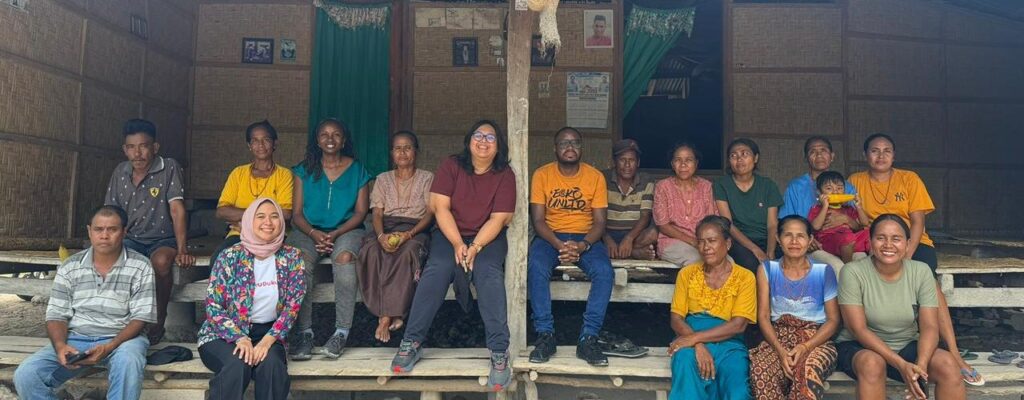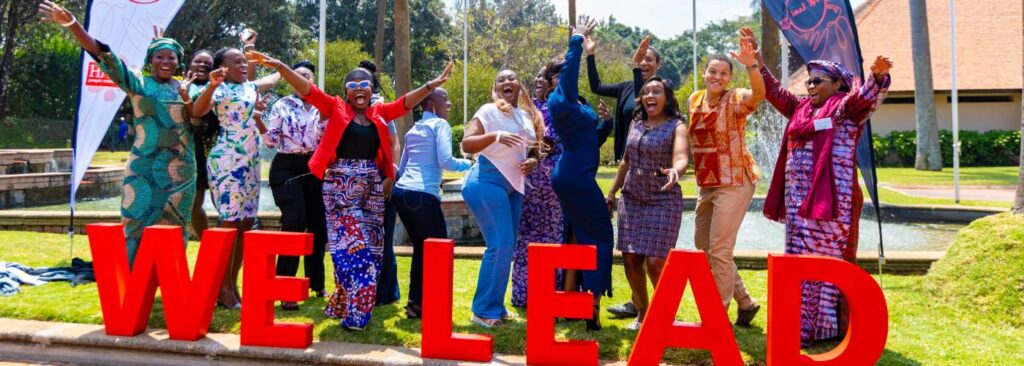Significant progress has been made in improving access to electricity, but 789 million people worldwide still go without. The gap for cleaner cooking is even greater: 2.8 billion people worldwide cannot cook cleanly and safely. The reliability of energy delivery is also still a massive challenge.
The energy finance scenario is complex and varies widely from country to country – from costly investment for extending the grid to inefficient and loss-making electricity utilities and mini-grid developers relying on grants. Indeed, decentralized renewable energy (DRE) solutions often offer a cheaper way to extend energy services, complementing grid extension efforts. But meeting the diverse needs of DRE systems requires finance flows from public and commercial actors and better approaches to propel and guide markets, with policy and regulatory instruments that can adapt as markets evolve.
This report by IIED in collaboration with Hivos focuses on the role of subsidies for DRE and the surrounding enabling policy environment and is intended for policy makers, donors, commercial financiers, and energy companies working to expand energy access in Asia and Sub-Sharan Africa.
Subsidies can take many shapes and forms and are used across diverse contexts. They remain a critical financing instrument for many countries, as they work towards universal electrification and expanding access to cleaner cookstoves for the poorest and most remote communities.
Governments grant demand-side subsidies to make energy products and services more affordable to low-income households. They provide supply-side subsidies to reduce the service providers’ costs to reach the most remote communities, and often to jumpstart markets that may not grow organically. But there are many challenges in delivering subsidies – including how they achieve targeted impacts and avoid market distortion – and few examples in the energy sector of how they have adapted over time to shifting markets, enabling policies and other factors.
Bringing in lessons from Nepal which has deployed demand-side subsidies extensively, and lessons from supply-side subsidies such as results-based finance, the report re-enforces the need for subsidies in DRE if universal energy access is to be achieved. Recommendations include adjusting and targeting subsidies for affordability; enhancing end-user access to credit financing; ideas on how to identify and manage risks appropriately and unlock commercial financing for energy company growth.
Download the full paper Energy for all: Better use of subsidies to achieve impact here.




